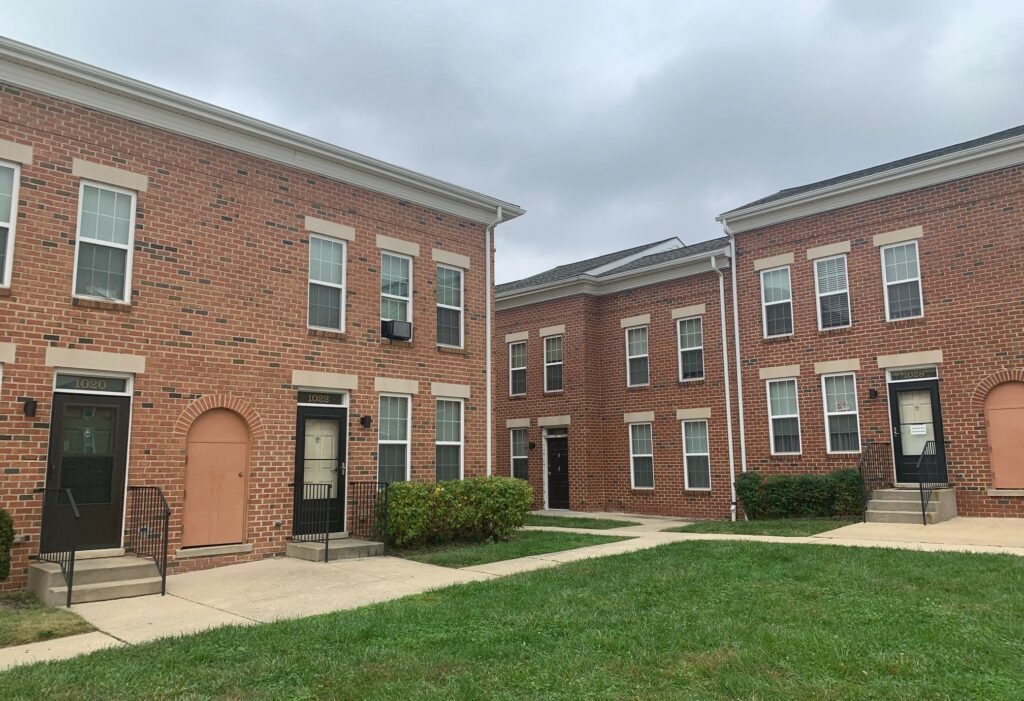



There is an ongoing affordable housing crisis in the United States, one that disproportionately affects seniors, people with disabilities, and communities of color. And, public housing, which serves the lowest-income people (participants had a median household income of just $15,945 per year), has a complex and troubled legacy.
One of the primary struggles of public housing, both in Baltimore and nationally, is deferred maintenance and capital repairs. The root cause of this issue is that the federal government has failed for decades to adequately fund capital improvements in public housing. This puts the Public Housing Authorities (PHAs) that administer public housing programs in an impossible position with regards to their portfolios.
The Rental Assistance Demonstration (RAD) is designed to address this challenge by converting public housing units into Project-Based Rental Assistance (PBRA) or Project-Based Vouchers (PBV). Although the PHA generally retains ownership of the land, this program typically means transferring the building to a new ownership entity (often a private company, although public and nonprofit ownership is permitted as well). This transfer allows the new entity to finance repairs, using a wider variety of tools than are available for public housing. Unlike previous programs, RAD is first and foremost a mechanism for preserving affordable housing.
In this report, researchers Dr. Philip M. E. Garboden and Allison Vande Kappelle examine the RAD program nationally and locally. Data from Baltimore’s 22 completed RAD conversions shows that the program has been highly successful at financing the renovation and preservation of public housing. In total, RAD conversions generated $727 million in financing. This new financing was primarily invested in renovation and sometimes created dramatic changes in the living conditions for public housing families.
While there is a lack of data on tenant outcomes or experience of the conversions, several best practices emerge from conversations with developers and tenant advocates. Particularly for buildings dealing with elderly and/or disabled residents, it is essential to complement professional management with physical and behavioral health services (including both mental health and substance abuse treatment).
Ultimately, the report finds that while the RAD program has been successful in preserving affordable housing, it should have been unnecessary. The federal government should have been adequately funding public housing all along. Assuming RAD is here to stay, however, the report offers several recommendations to ensure the long-term sustainability of the program and to improve outcomes for residents of the RAD developments.